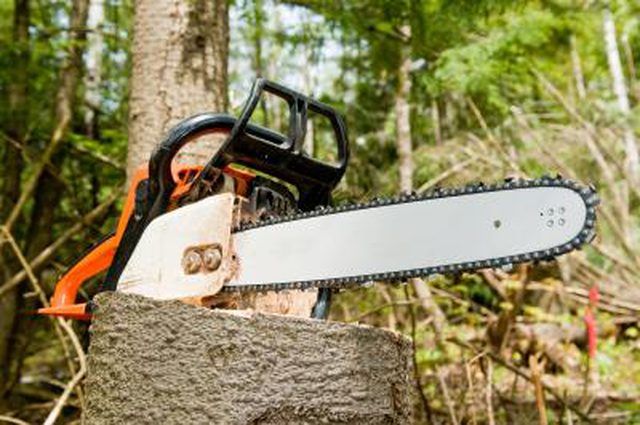Bulbs
Flower Basics
Flower Beds & Specialty Gardens
Flower Garden
Garden Furniture
Garden Gnomes
Garden Seeds
Garden Sheds
Garden Statues
Garden Tools & Supplies
Gardening Basics
Green & Organic
Groundcovers & Vines
Growing Annuals
Growing Basil
Growing Beans
Growing Berries
Growing Blueberries
Growing Cactus
Growing Corn
Growing Cotton
Growing Edibles
Growing Flowers
Growing Garlic
Growing Grapes
Growing Grass
Growing Herbs
Growing Jasmine
Growing Mint
Growing Mushrooms
Orchids
Growing Peanuts
Growing Perennials
Growing Plants
Growing Rosemary
Growing Roses
Growing Strawberries
Growing Sunflowers
Growing Thyme
Growing Tomatoes
Growing Tulips
Growing Vegetables
Herb Basics
Herb Garden
Indoor Growing
Landscaping Basics
Landscaping Patios
Landscaping Plants
Landscaping Shrubs
Landscaping Trees
Landscaping Walks & Pathways
Lawn Basics
Lawn Maintenance
Lawn Mowers
Lawn Ornaments
Lawn Planting
Lawn Tools
Outdoor Growing
Overall Landscape Planning
Pests, Weeds & Problems
Plant Basics
Rock Garden
Rose Garden
Shrubs
Soil
Specialty Gardens
Trees
Vegetable Garden
Yard Maintenance
How to Find the Pitch of Chainsaw Chains
How to Find the Pitch of Chainsaw Chains. Chainsaws are high-powered cutting tools designed, primarily, to cut wood. Chainsaws come in a variety of sizes with a variety of chain lengths and widths. When replacing your chainsaw's chain you'll need to know information such as the chain's length, gauge, and pitch. Some chainsaws may take various types...

Chainsaws are high-powered cutting tools designed, primarily, to cut wood. Chainsaws come in a variety of sizes with a variety of chain lengths and widths. When replacing your chainsaw's chain you'll need to know information such as the chain's length, gauge, and pitch. Some chainsaws may take various types of chains, while others may only fit one kind of chain. Some manufacturers associate part numbers to each chain type; with each chain type having a specific pitch.
Things You'll Need
Measuring tape
Turn off the chainsaw. Engage the safety lock. Unplug an electric chainsaw.
Closely inspect one of the links in the chain. Look for a part number or gauge number stamped on the link. Since different chainsaw manufacturers may use different numbering systems; you need to compare the stamped number to the manufacturer's pitch and gauge chart. These charts can generally be found in the chainsaw's manual or the manufacturer's website. An example is Oregon Chainsaws, which uses "11" to indicate a pitch of 3/4 inch. If you do not see the number marked proceed to Step 3.
Closely inspect the links of the chain. Measure from the center of one rivet in one link to the center of the rivet in the next link. There will be a rivet between these two end-point rivets; skip over this rivet.
Divide the distance number from Step 3 by two. In other words the pitch is the distance that lies between the first and third rivet, of any three rivets in a row, divided by two to get the pitch.
Tips & Warnings
The larger the pitch, the heavier the chain.
The most common chain pitch is 3/8 inch, according to eReplacement Parts.com.
Use extreme caution when handling the chain and making measurements. At all times during this procedure the chainsaw must be turned off and the safety lock must be engaged.